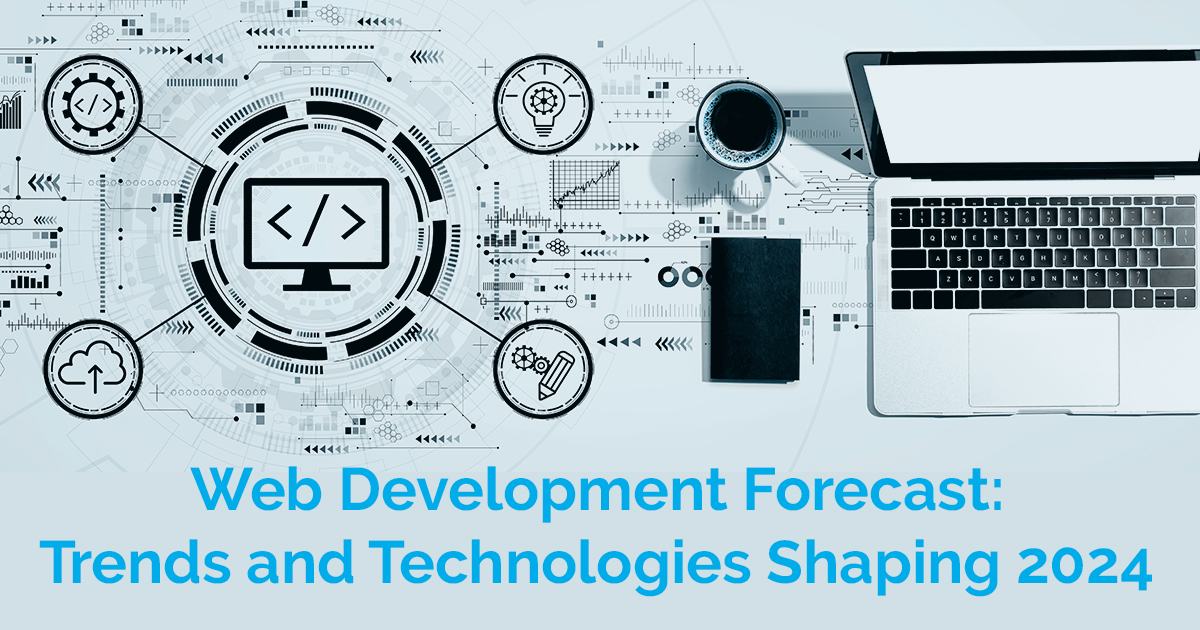In the dynamic realm of web design, responsiveness remains paramount. With the ever-evolving landscape of devices and user expectations, staying ahead requires keen observation of emerging trends and a willingness to innovate. As we venture into 2024, the future of responsive web design unfolds with a tapestry of possibilities, driven by technological advancements and shifting user behaviors. This article delves into the anticipated trends, innovations, and predictions shaping responsive web design in the year ahead.
- AI-Driven Personalization
Artificial Intelligence (AI) continues to revolutionize various facets of technology, and web design is no exception. In 2024, AI-driven personalization is poised to take center stage in responsive web design. Through sophisticated algorithms and machine learning, websites will adapt in real-time to individual user preferences, browsing habits, and demographics. This level of personalization enhances user experience by presenting tailored content, recommendations, and navigation pathways, ultimately improving engagement and conversion rates.
- Voice Interface Optimization
The proliferation of voice-enabled devices, coupled with the increasing popularity of virtual assistants like Siri, Alexa, and Google Assistant, underscores the importance of voice interface optimization in responsive web design. In 2024, websites will prioritize voice search functionality and interface optimization to accommodate users who prefer hands-free interaction. This entails optimizing content for voice queries, refining natural language processing capabilities, and designing intuitive voice-driven navigation systems that seamlessly integrate with existing UI/UX principles.
- Augmented Reality (AR) Integration
Augmented Reality (AR) has transcended its novelty status and emerged as a powerful tool for enhancing user engagement and immersion. In 2024, responsive web design will embrace AR integration to deliver immersive experiences that blur the lines between the digital and physical worlds. From virtual try-on experiences for e-commerce platforms to interactive product demonstrations and location-based AR overlays, websites will leverage AR technology to captivate audiences and drive conversions. Responsive design will extend beyond screen size to encompass spatial considerations, ensuring optimal AR experiences across devices.
- Dark Mode Optimization
Dark mode has gained widespread adoption across operating systems, applications, and websites due to its aesthetic appeal and potential energy-saving benefits, particularly for devices with OLED displays. In 2024, responsive web design will prioritize dark mode optimization to cater to users’ preferences and enhance readability in low-light environments. This entails implementing CSS variables and media queries to seamlessly toggle between light and dark themes based on user preferences or ambient light conditions. Dark mode optimization extends beyond visual aesthetics to encompass accessibility considerations, ensuring readability and usability for all users.
- Progressive Web Applications (PWAs)
Progressive Web Applications (PWAs) represent a paradigm shift in responsive web design, offering the combined advantages of web and native applications. In 2024, PWAs will gain further traction as an efficient and cost-effective solution for delivering fast, reliable, and engaging experiences across devices and platforms. With features like offline functionality, push notifications, and seamless installation, PWAs blur the boundaries between websites and native apps, providing users with a frictionless experience that rivals traditional mobile applications. Responsive design principles will be integral to optimizing PWAs for diverse screen sizes and form factors, ensuring consistent performance and usability across devices.
- Inclusive Design and Accessibility
Inclusivity and accessibility have become non-negotiable principles in modern web design, reflecting a commitment to ensuring equal access and usability for all users, regardless of their abilities or disabilities. In 2024, responsive web design will place a greater emphasis on inclusive design practices and accessibility standards, fostering empathy-driven experiences that accommodate diverse needs and preferences. From semantic HTML markup and keyboard navigation to color contrast ratios and screen reader compatibility, inclusive design principles will permeate every facet of responsive web design, creating experiences that are accessible to all users.
- Sustainability and Performance Optimization
As the environmental impact of digital technologies comes under greater scrutiny, sustainability and performance optimization will emerge as focal points in responsive web design. In 2024, websites will prioritize efficiency and resource conservation through techniques such as lazy loading, image optimization, and code minification. By reducing the carbon footprint associated with web browsing and minimizing load times, responsive design will not only enhance user experience but also contribute to a more sustainable digital ecosystem.
Conclusion
The future of responsive web design in 2024 is defined by a convergence of emerging trends, innovations, and predictions that reflect the evolving needs and expectations of users in an increasingly interconnected world. From AI-driven personalization and voice interface optimization to AR integration and dark mode optimization, responsive design continues to evolve in response to technological advancements and shifting user behaviors. By embracing inclusive design practices, prioritizing sustainability, and optimizing performance, responsive web design will continue to elevate user experience and drive innovation in the digital landscape. As we navigate the complexities of the modern web, one thing remains clear: the future of responsive design is as dynamic and exciting as ever.
